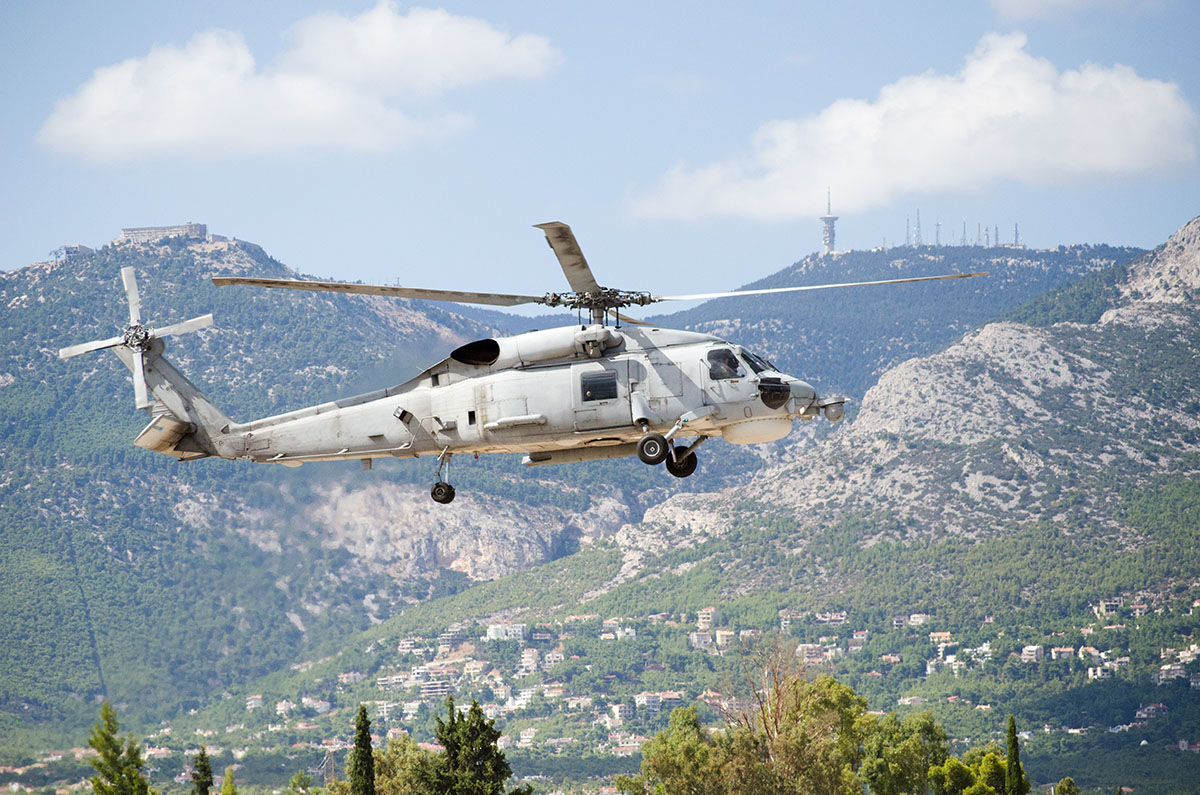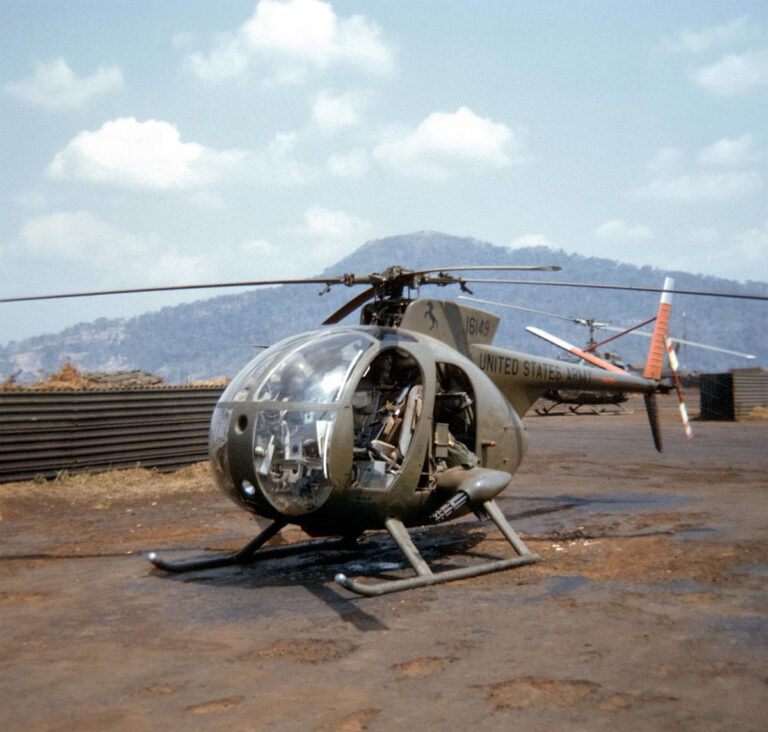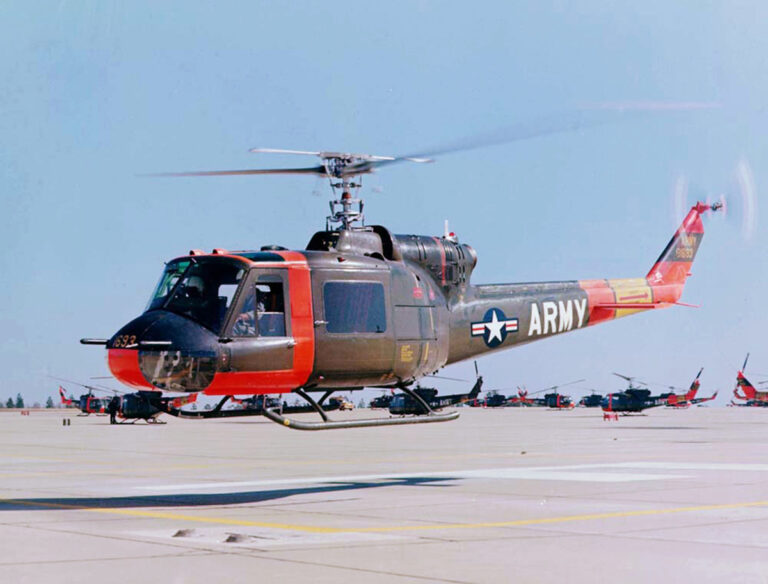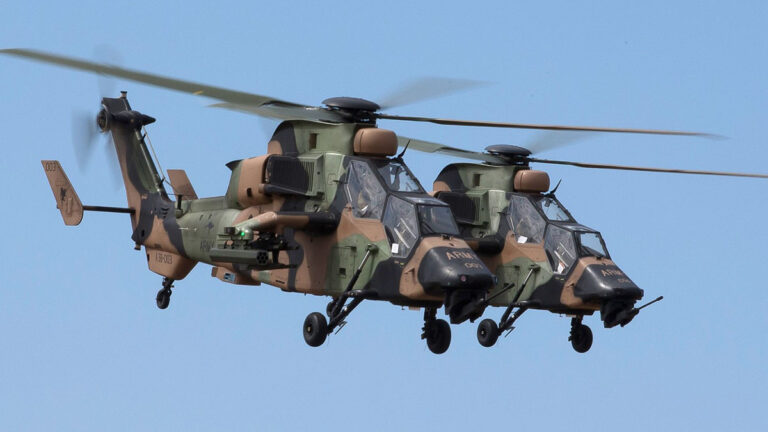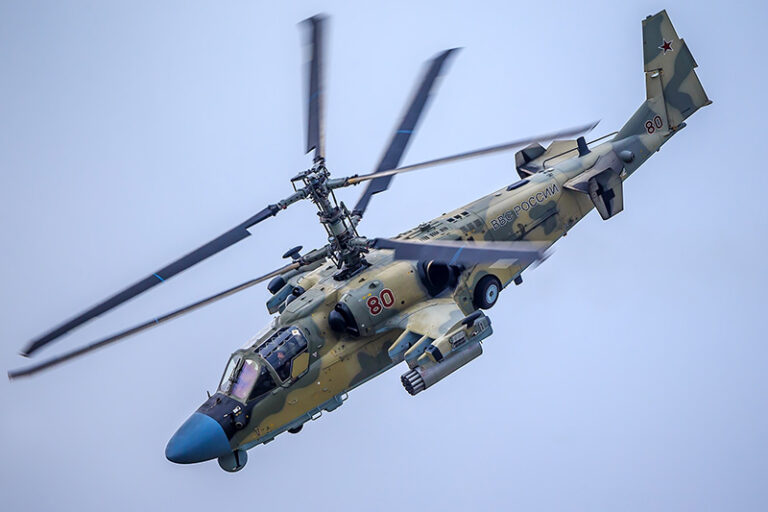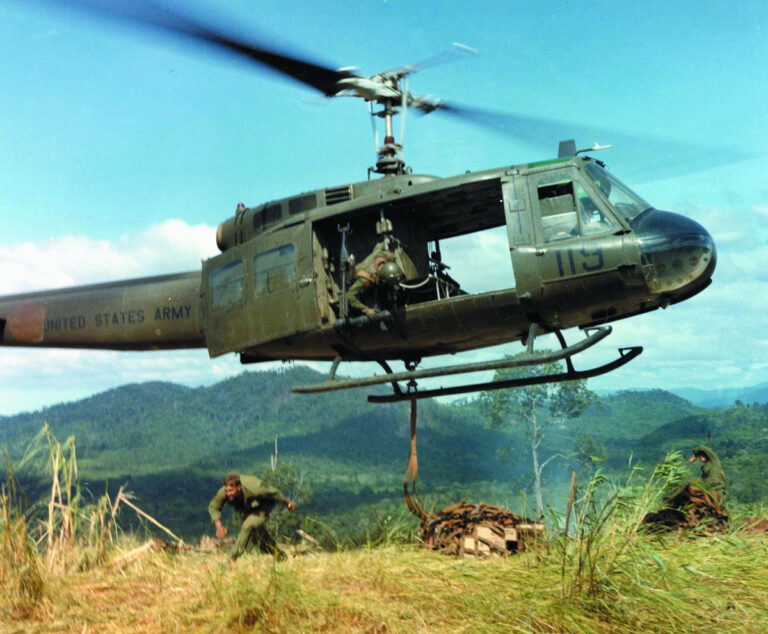Introduction to the Iconic Sikorsky UH-60 Black Hawk Helicopter
The U.S. Army identified the need for a Utility Tactical Transport Aircraft System (UTTAS). They aimed at replacing the UH-1 Iroquois. For this purpose, the Sikorsky Model S-60 came into the picture. The first flight of the prototype took place on October 17, 1974. The Army intended to order 2,260 units of what became the UH-60 Black Hawk. However, budget limitations led to reducing the order down to 1,400 units. The first Sikorsky UH-60 Black Hawk entered service in June 1979.
Sikorsky UH-60 Size and Capability
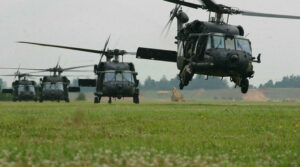
Compared to the UH-1, the Black Hawk Helicopter boasts a larger size. The first aircraft could house 20 troops, a significant increase from the UH-1’s capacity of 11. Additionally, it could carry an 8,000lbs underslung load. The UH-60 also enjoys the advantage of being air portable. A single UH-60 fits in a C-130 Hercules, two in a C-141 StarLifter, and six in a C-5 Galaxy.
UH-60 Evolution and Variants
As the design evolved, the UH-60L replaced the Army Sikorsky UH-60A Black Hawk. The newer model came with stronger engines and a reinforced underslung hook. Medevac versions of both models could fit six stretchers. About 40 UH-60Ls got a modification to become the EH-60A, specializing in battlefield electronic warfare (EW). Special operations saw another 30 units modified to the MH-60A with a unique fit. By September 2003, the prototype UH-60M had taken flight, intended to succeed the UH-60L.
Igor Sikorsky was a pioneering Russian engineer and aviator driven from his home by revolution. The Sikorsky Aircraft Centennial 1923-2023, a Tribute by the Igor I. Sikorsky Historical Archives, documents his work in the United States and that of the pioneering American company that he founded. Ittraces the growth of Sikorsky Aircraft from a struggling fixed-wing aviation concern started on a Long Island farm to a world-leading helicopter manufacturer today headquartered in Connecticut.
Adaptations for Air Force and Marine Corps
The Air Force used modified UH-60As as HH-60G Pave Hawk for Combat Search and Rescue (CSAR). These versions could refuel from a C-130 Hercules and carry pintle-mounted machine guns. More orders came in for MH-60Gs, with earlier conversions redesignated accordingly. The MH-60L followed the MH-60K, a special operation variant with substantial armaments. November 1988 saw the delivery of the first VH-60N White Hawk for the Presidential Flight. Operated by the Marine Corps, these units did not include the proposed H-60E.
The Navy’s SH-60B Seahawk
In 1977, the S-60B entered the Navy’s LAMPS MK.III (Light Airborne Multi-Purpose System) competition. Winning the competition, it became the SH-60B Seahawk. This variant could automatically fold its tail and rotor, perfecting space usage on ships. It underwent significant internal modifications for Anti-Submarine Warfare (ASW) and Anti-ship Missile Defense (ASMD). The SH-60B also carried a Magnetic Anomaly Detector (MAD), sonar buoys, and could arm torpedoes and the AGM-119 Penguin anti-ship missile.
Continued Evolution of the UH-60 Black Hawk Helicopter
The Navy’s production line gave us the SH-60F Ocean Hawk with dunking sonar. It replaced the SH-3D Sea King in ASW and plane guard/rescue roles. In 2001, the first remanufactured SH-60B appeared as the MH-60R, part of a major rebuild program. Additionally, the MH-60S Knight Hawk with a larger cabin volume replaced the HH-46s in the Fleet Combat Support Aircraft role. The Navy’s variant for CSAR, the HH-60H, did not include the ASW kit or refueling probe.
This article has captured the remarkable evolution of the Black Hawk helicopter, from its birth to the latest variants. Each has played unique and essential roles across the Army, Air Force, and Navy. The Sikorsky UH-60 Black Hawk stands as a testament to the adaptability and versatility of military planes.


